Gratian Ting and Arpita Bose discuss the fascinating role that extracellular electron transfer plays within the human gut
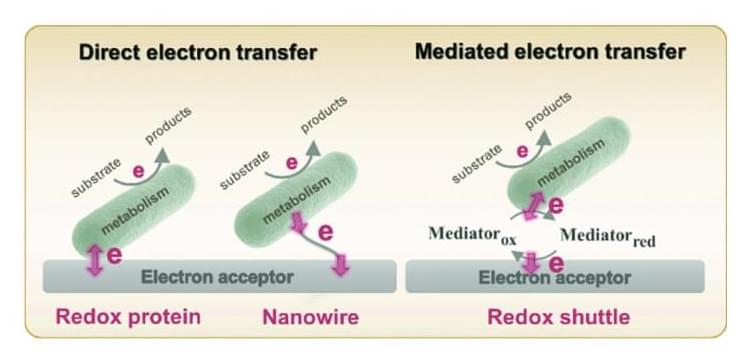

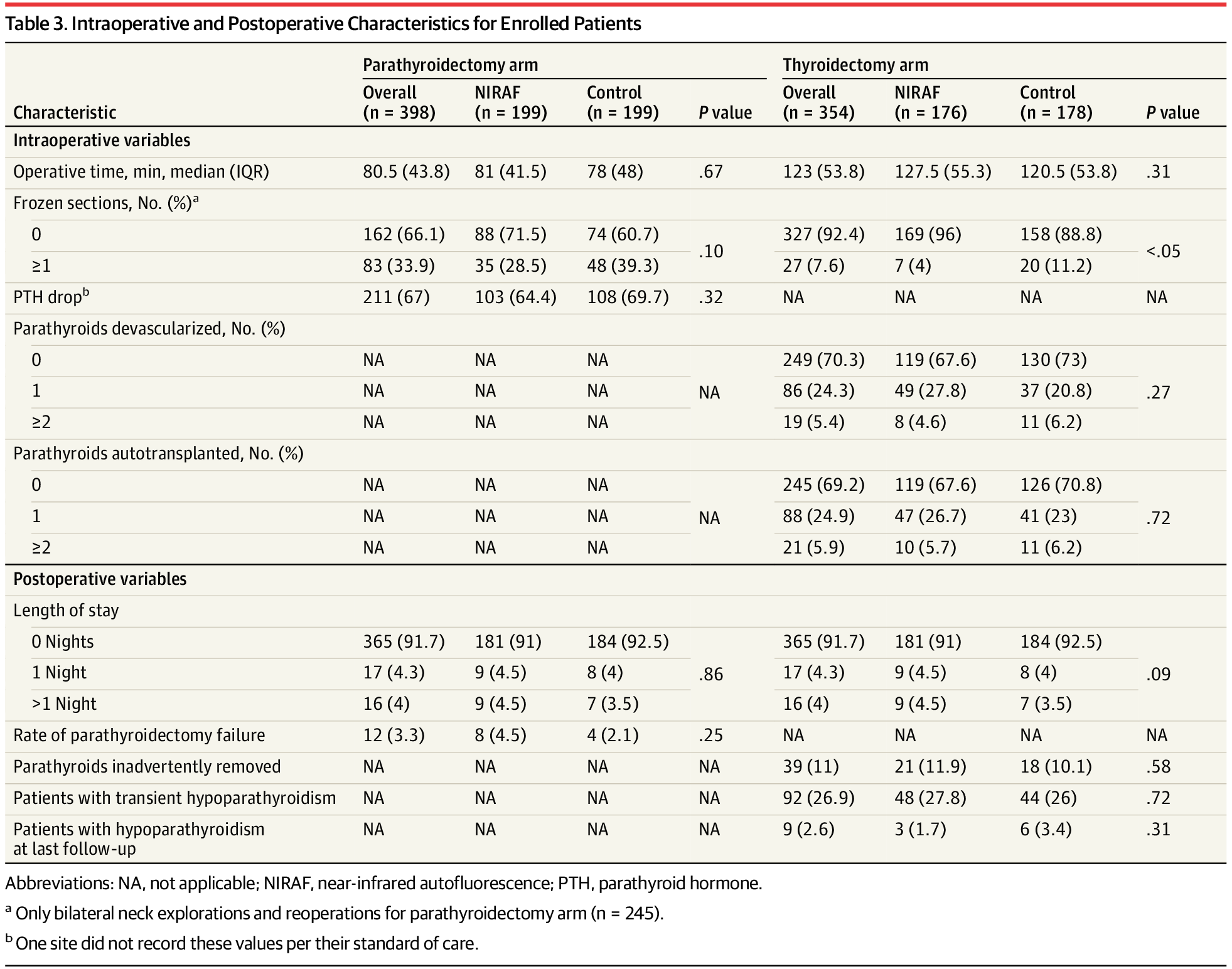
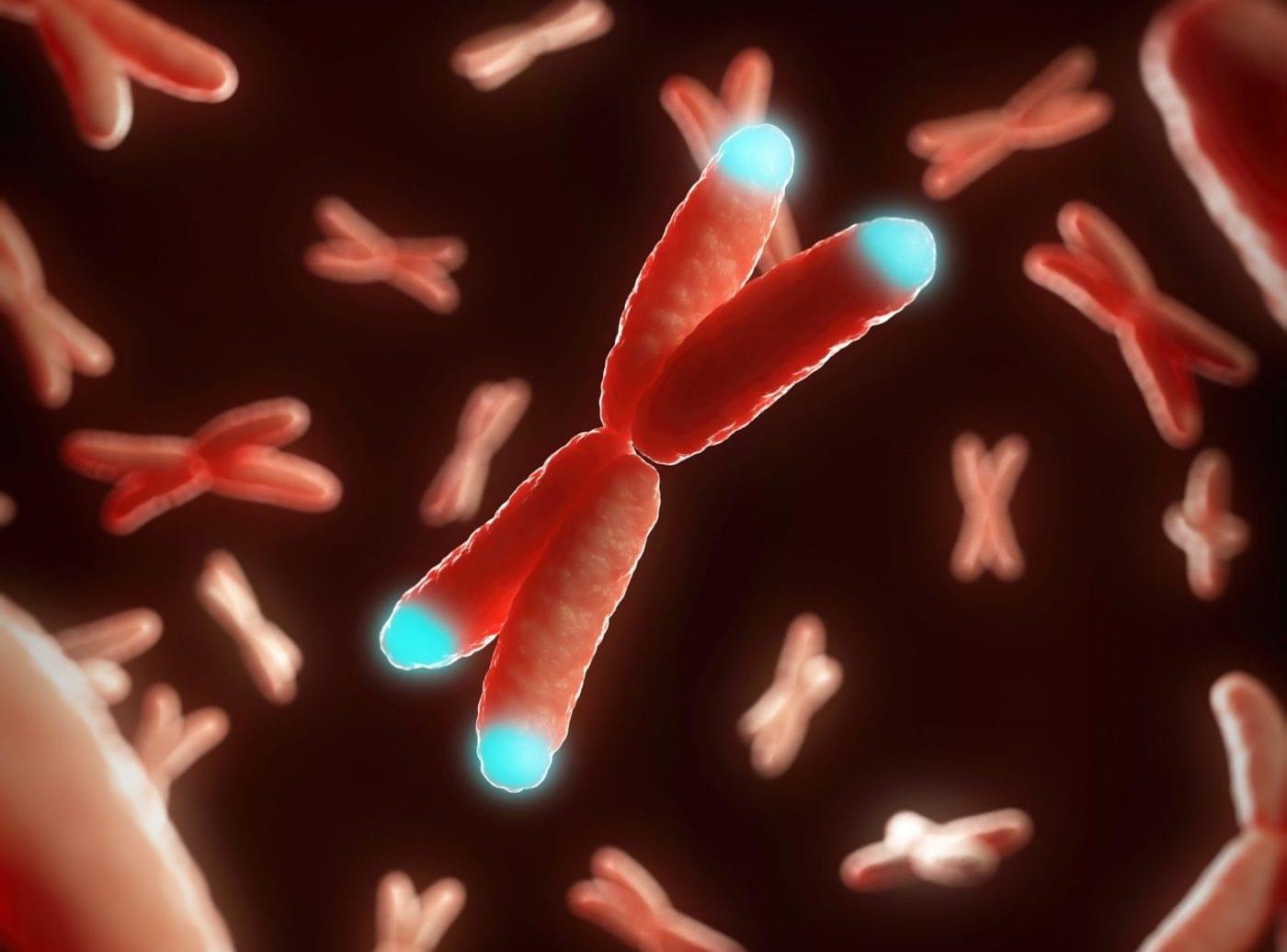
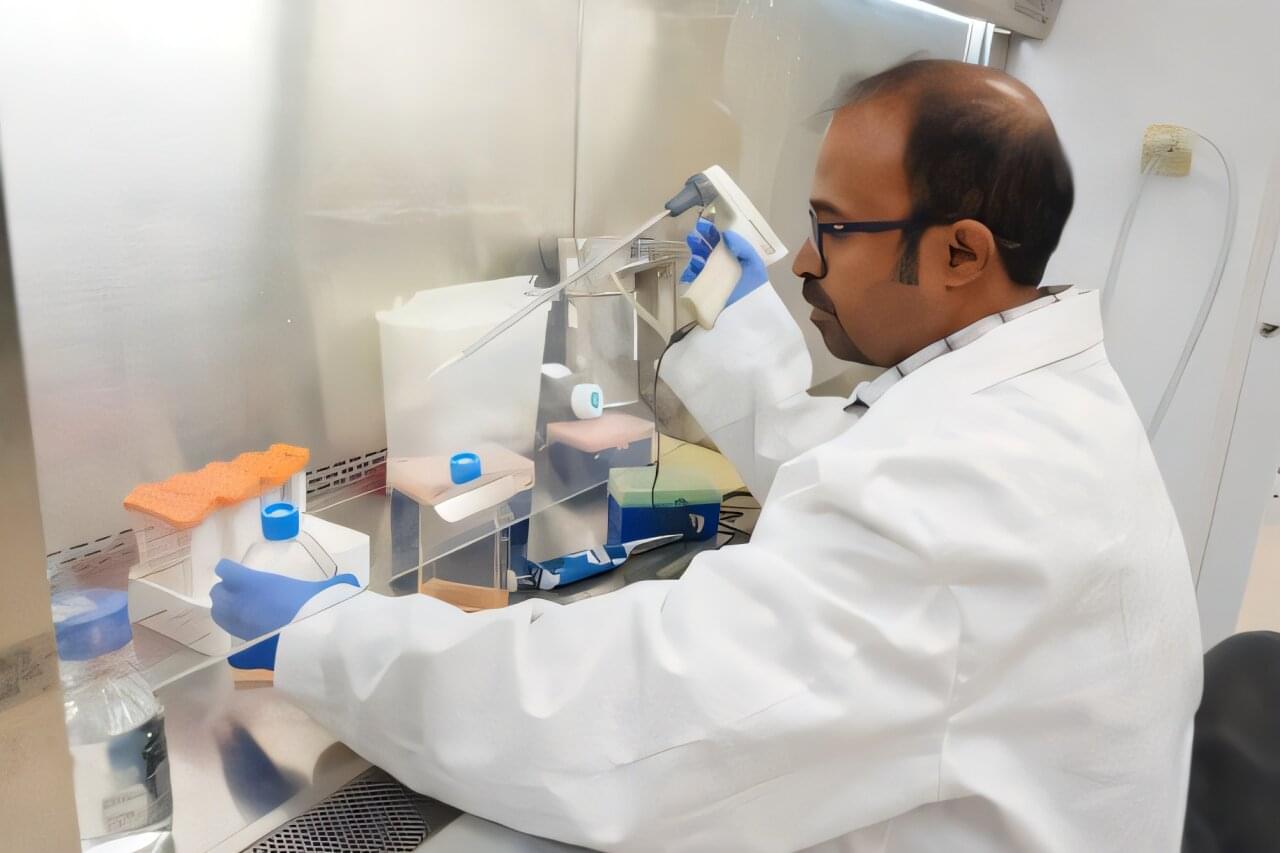
A new study by Indiana University School of Medicine researchers has revealed a breakthrough in the fight against acute myeloid leukemia, one of the most aggressive and fatal blood cancers in adults. The discovery of a previously unrecognized immune cell could lead to new therapies that are less treatment-resistant than current options for patients—meaning higher survival rates for people with blood cancers.
Acute myeloid leukemia is a cancer that begins in the bone marrow and leads to impaired blood cell formation and function. Currently the sixth-leading cause of cancer-related death in adults, acute myeloid leukemia is resistant to many treatment options and relapse is common.
“Despite transformative progress in the treatment of many blood cancers, acute myeloid leukemia therapies have remained largely unchanged for over three decades,” said Reuben Kapur, Ph.D., director and program leader of the Hematologic Malignancies and Stem Cell Biology Program at the IU School of Medicine Herman B Wells Center for Pediatric Research, a researcher with the IU Melvin and Bren Simon Comprehensive Cancer Center and co-author of the study.
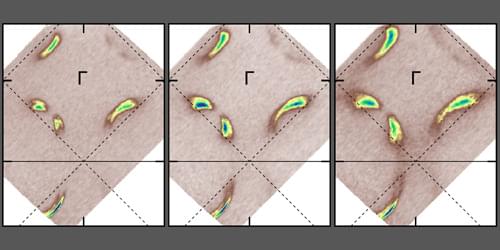
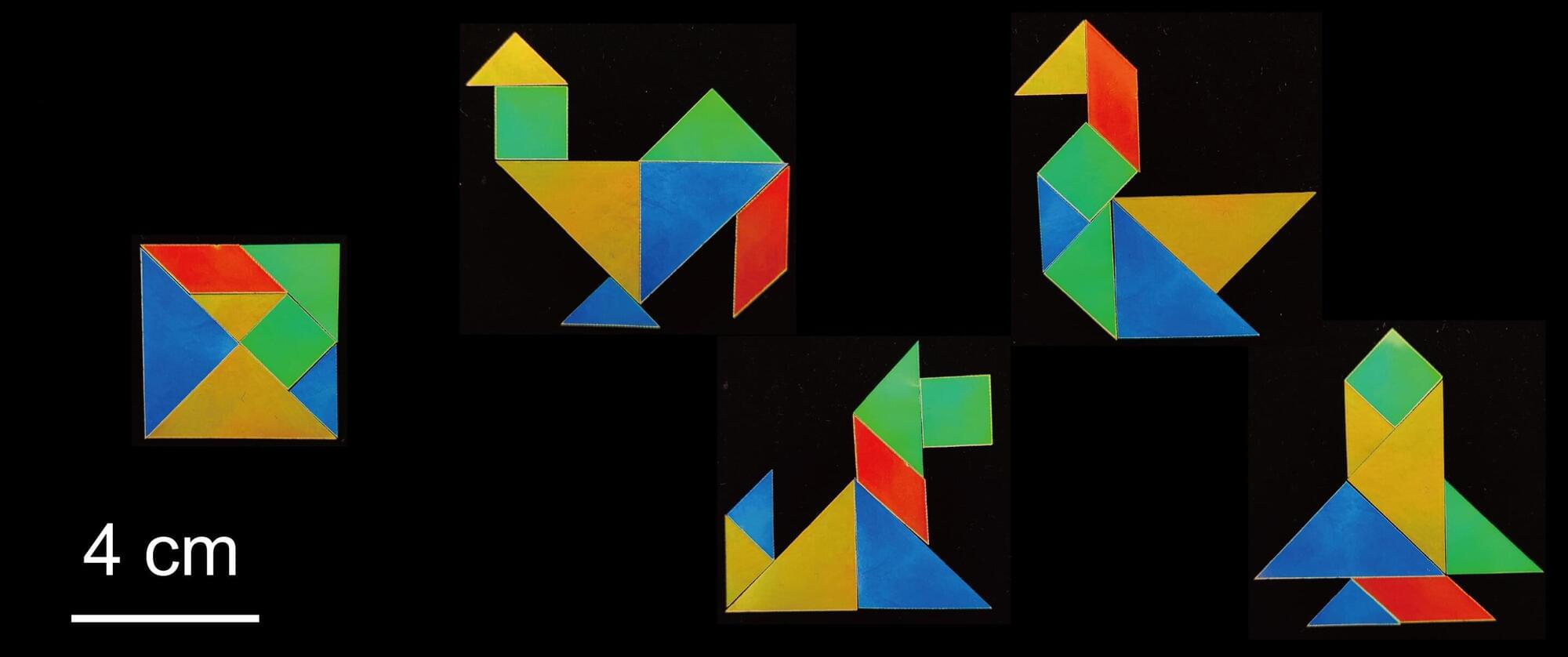
Plastics are one of the largest sources of pollution on Earth, lasting for years on land or in water. But a new type of brilliantly colored cellulose-based plastic detailed in ACS Nano could change that. By adding citric acid and squid ink to a cellulose-based polymer, researchers created a variety of structurally colored plastics that were comparable in strength to traditional plastics, but made from natural biodegradable ingredients and easily recycled using water.
Many plastics are dyed using specialized colorants, which can make these materials hard to recycle using typical processes. Over time, dyes can fade or leach into the environment, posing risks to wildlife. One way to make these colorants largely unnecessary could be a phenomenon called structural color. This occurs when tiny structures in a material reflect certain wavelengths of light rather than a dye or pigment molecule. Structural color gives peacock feathers and butterfly wings their vibrant hues and dazzling shine, but certain synthetic polymers display structural color as well.
Hydroxypropyl cellulose (HPC), a derivative of cellulose often used in foods and pharmaceuticals, is one example of a material that can display structural color. In liquid form, it shines in iridescent tones, but its chemical properties have historically made it difficult to form into a solid plastic. Researchers Lei Hou, Peiyi Wu and colleagues wanted to see if they could fine-tune the chemistry of HPC to create vibrant, structurally colored plastics that worked as well as existing petroleum-based plastics and were environmentally friendly.
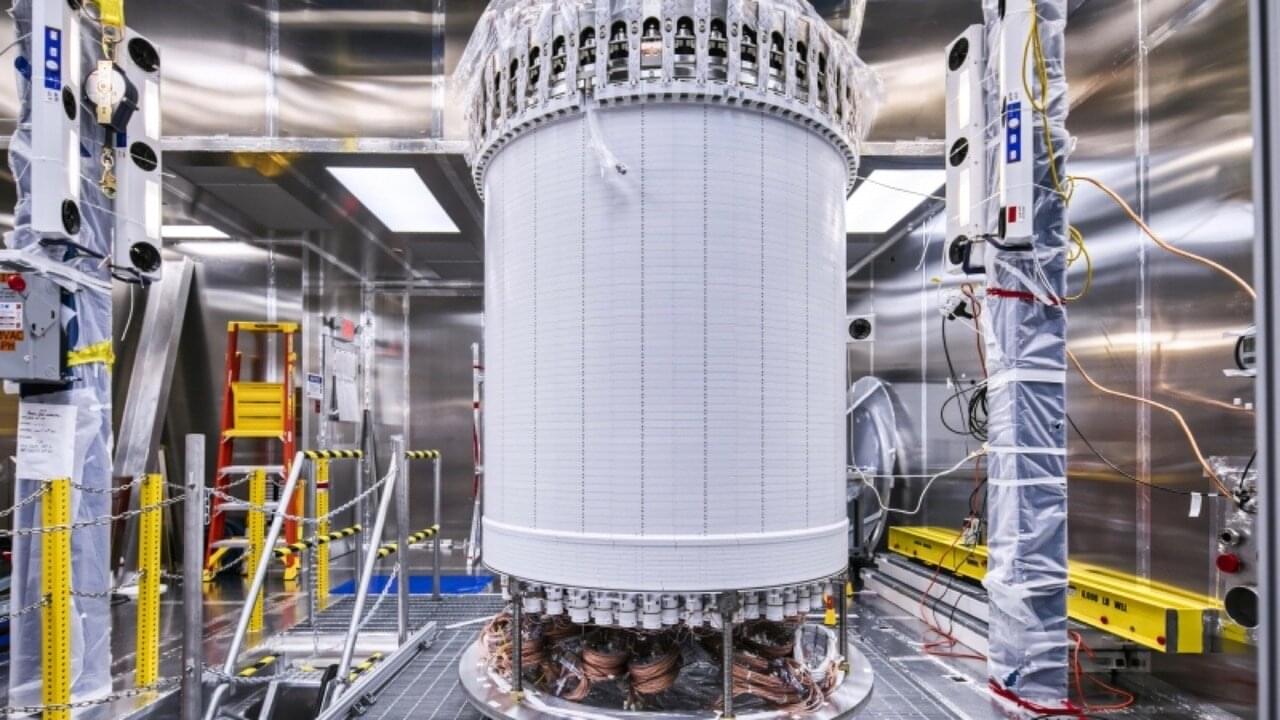
Dark matter, a type of matter that does not emit, absorb, or reflect light, is predicted to account for most of the universe’s mass. While theoretical predictions hint at its abundance, detecting this elusive matter has so far proved to be very difficult, leaving its composition and origin a mystery.
One widely explored hypothesis is that dark matter consists of weakly interacting massive particles, or WIMPs for short. These particles are theorized to only interact with ordinary matter via gravity and potentially via weak nuclear forces.
The LUX-ZEPLIN (LZ) experiment is a large-scale research effort aimed at searching for signals associated with the presence of WIMPs using a sophisticated detector known as a dual-phase xenon time projection chamber. The researchers involved in the experiment recently published their most recent findings in a paper in Physical Review Letters, which places more stringent constraints on lighter dark matter particles that could have gained energy after colliding with cosmic rays.
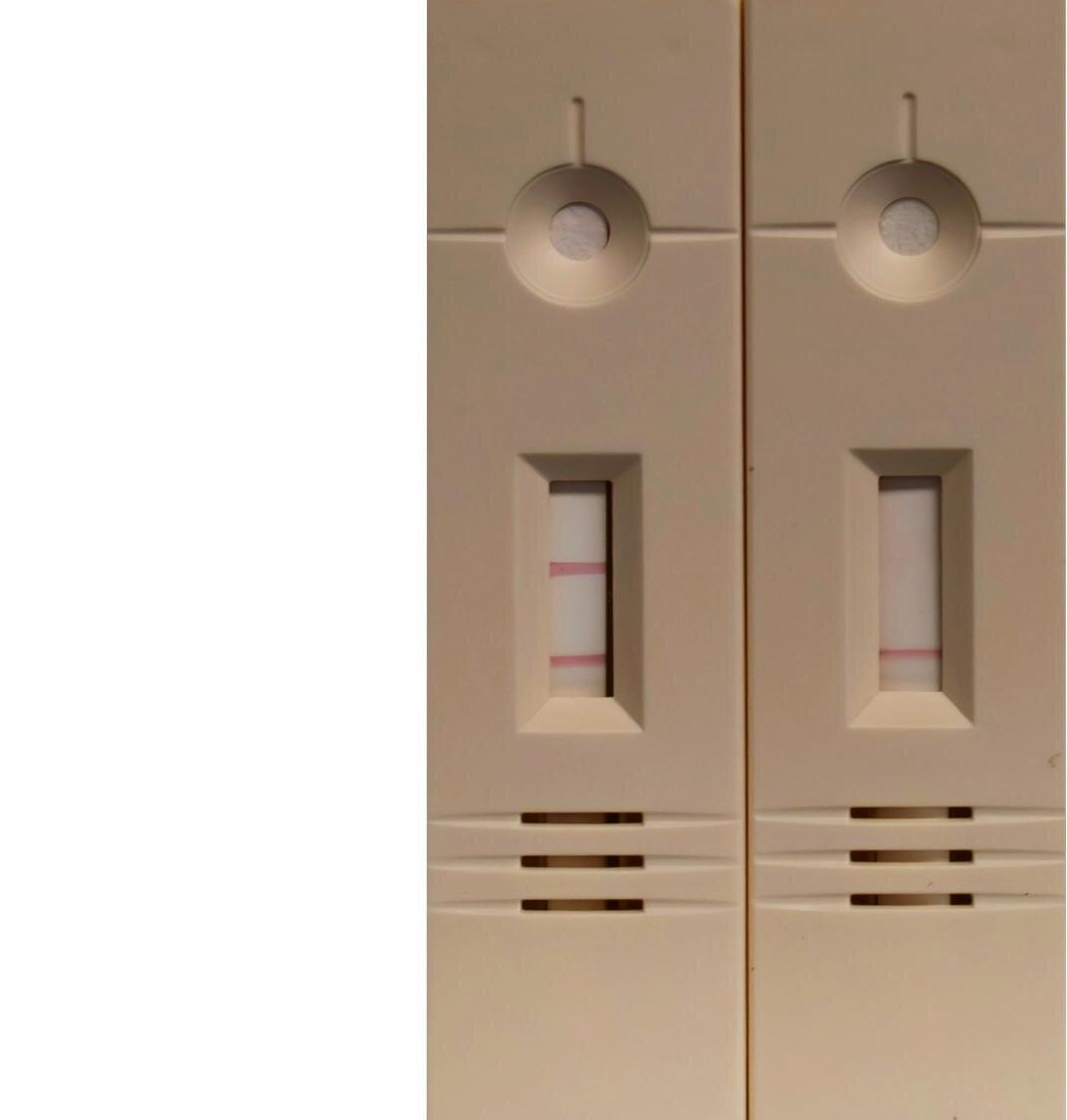
Almost 200 million people, including children, around the world have endometriosis, a chronic disease in which the lining of the uterus grows outside of the uterus. More severe symptoms, such as extreme pain and potentially infertility, can often be mitigated with early identification and treatment, but no single point-of-care diagnostic test for the disease exists despite the ease of access to the tissue directly implicated.
While Penn State Professor Dipanjan Pan said that the blood and tissue shed from the uterus each month is often overlooked—and even stigmatized by some—as medical waste, menstrual effluent could enable earlier, more accessible detection of biological markers to help diagnose this disease.
Pan and his group have developed a proof-of-concept device capable of detecting HMGB1, a protein implicated in endometriosis development and progression, in menstrual blood with 500% more sensitivity than existing laboratory approaches. The device, which looks and operates much like a pregnancy test in how it detects the protein, hinges on a novel technique to synthesize nanosheets made of the atomically thin 2D material borophene, according to Pan, the Dorothy Foehr Huck & J. Lloyd Huck Chair Professor in Nanomedicine and corresponding author of the study detailing the team’s work.
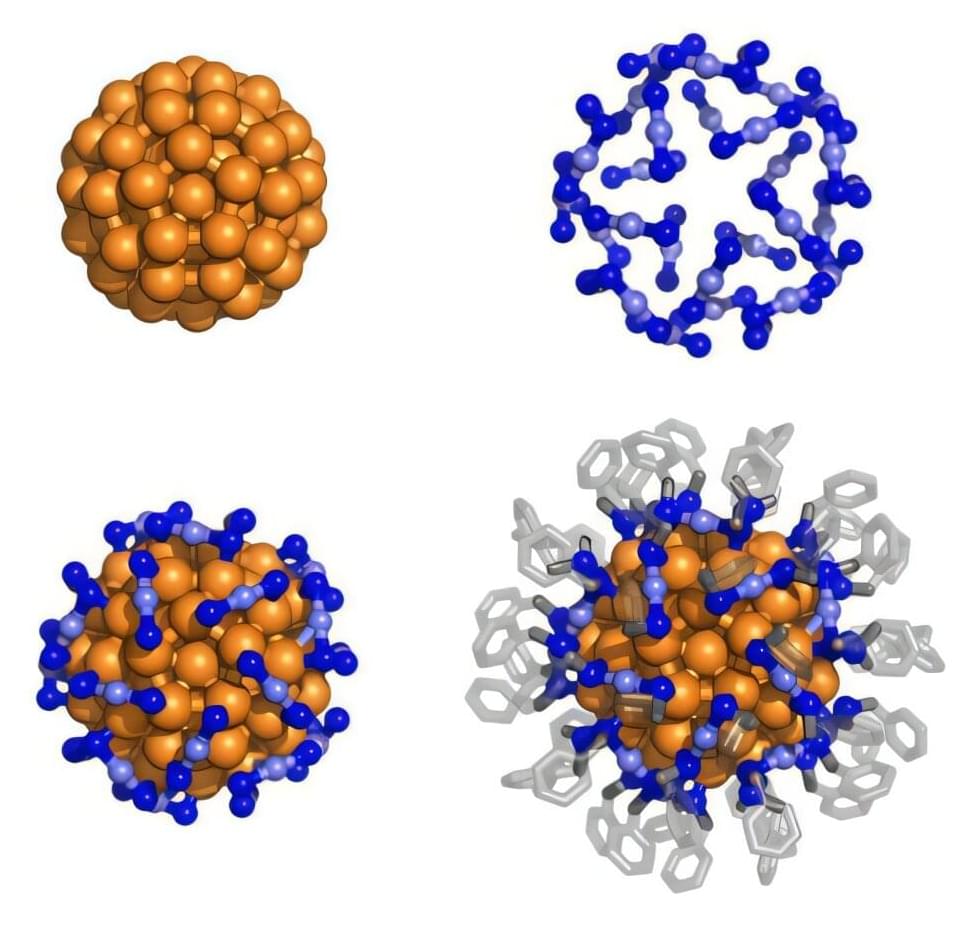
The efficiency of quantum computers, sensors and other applications often relies on the properties of electrons, including how they are spinning. One of the most accurate systems for high-performance quantum applications relies on tapping into the spin properties of electrons of atoms trapped in a gas, but these systems are difficult to scale up for use in larger quantum devices like quantum computers.
Now, a team of researchers from Penn State and Colorado State has demonstrated how a gold cluster can mimic these gaseous, trapped atoms, allowing scientists to take advantage of these spin properties in a system that can be easily scaled up.
“For the first time, we show that gold nanoclusters have the same key spin properties as the current state-of-the-art methods for quantum information systems,” said Ken Knappenberger, department head and professor of chemistry in the Penn State Eberly College of Science and leader of the research team.
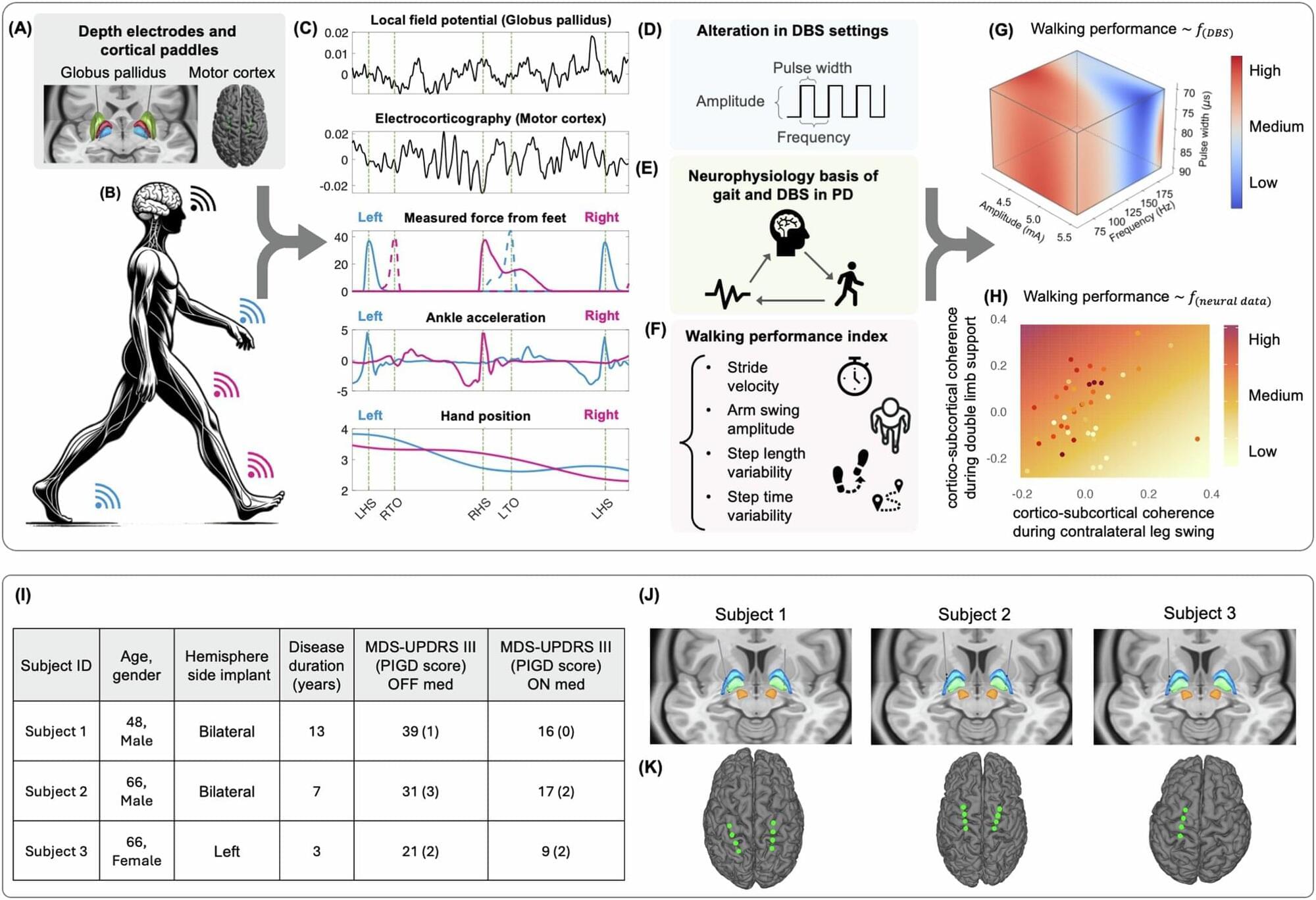
For patients with Parkinson’s disease, changes in their ability to walk can be dramatic. “Parkinson’s gait,” as it is often called, can include changes in step length and asymmetry between legs. This gait dysfunction reduces a person’s mobility, increases fall risk, and significantly impacts a patient’s quality of life.
While high-frequency deep brain stimulation (DBS) is highly effective for lessening symptoms of tremors, rigidity, and bradykinesia (the slowing of movement), its impact on gait has been more variable and less predictable among patients with advanced gait-related problems. Significant challenges in enhancing DBS outcomes for advanced gait disorders have included the lack of a standardized gait metric for clinicians to use during programming, as well as understanding the impact of different stimulation factors on gait.
In a recent study, researchers at UCSF developed a systematic way to quantify key aspects of gait relevant to Parkinson’s and used machine learning to identify the best DBS settings for each individual. These personalized settings led to meaningful improvements in walking, such as faster, more stable steps, without worsening other symptoms.